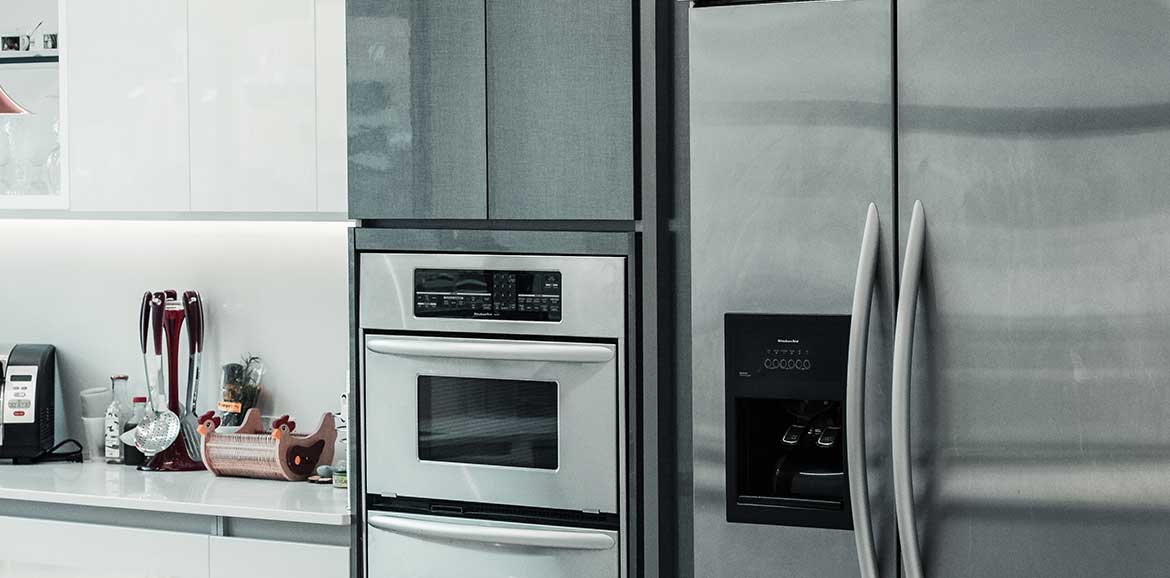According to the US Energy Information Administration (EIA), more than 100 million homes across the country are equipped with air conditioning systems. That’s a full 87% of the US population. And as temperatures rise, so do the costs that come with running these cooling systems. In fact, the EIA also estimates that cooling accounts for approximately 6.2% of the annual energy use in most homes.
The good news is, you don’t have to sit back and just accept that your utility bills will continue to climb. In fact, there are several things you can do to reduce your energy consumption and actually lower your summer cooling costs. Let’s take a look.
Upgrade Your Cooling System
Today’s modern air conditioning systems are designed with energy efficiency in mind. In fact, they are so efficient that they are capable of cooling a home that is 30% bigger for the same cost as a smaller house with an older unit. The keys to ensuring maximum efficiency are correct sizing and seasonal energy efficiency rating (SEER). Newer systems – i.e. the most energy efficient ones – are SEER rated at 13 or higher. If your current system is 10 years or older, upgrading to an energy efficient unit could reduce your energy consumption by up to 50%.
Have Your Existing AC Unit Serviced
If you’re not yet ready to make the leap to a brand new cooling system, or if your current system isn’t that old, the next best thing for reducing costs is having your unit professionally serviced. A service appointment just once per year ensures that your system remains functioning at its best, subsequently improving its efficiency. Annual service appointments also allow technicians to identify and address potential issues before they develop into a more serious and costly problem. Investing in a service call could reduce your AC energy usage by 20% or more.
Regularly Replace Your Air Filters
Changing out the air filters in your cooling system takes just a couple of minutes and will only cost you around $10 every few months, but doing so could potentially reduce your AC’s energy consumption by up to 15%. During the summer months, when the air conditioning unit is running all the time, we recommend changing out the filter at least every two months. For maximum savings, replace your air filters once a month.
Use Ceiling Fans
In addition to running your AC, using fans can help keep your home cooler without using more energy. That’s because fans help draw moisture out of the air and when there is less moisture in the air, our bodies naturally feel cooler. This enables you to turn the AC down a little. Fans also help to better circulate the air, making rooms feel more comfortable. Just be sure to keep the blades turning in a counterclockwise direction and turn your fans off when not in the room to conserve energy. Using fans along with your AC can reduce energy consumption by up to 12%.
Switch To a Programmable Residential Thermostat
Both the EIA and Energy Star recommend the installation and use of programmable thermostats as a method for reducing energy use. With this type of thermostat, your AC system can be set to automatically increase the temperature at times when you aren’t home or when you may not need the air to be as cool, such as when you’re in bed.
Most thermostats allow multiple programmable settings. For the highest efficiency levels, we recommend keeping the temperature at 78 degrees Fahrenheit when you’re home and need cooler air, and 85 degrees during the night or when you’re away. Using a programmable thermostat can reduce your system’s energy consumption by up to 10%.
Keeping your home cool and comfortable during the summer months doesn’t have to cost an arm and a leg. The five strategies listed above should help you not only keep cooling costs at a minimum, but actually reduce the amount of energy you’re using so you can spend less than you expected.
Could your home cooling system use an upgrade or a little TLC? Give us a call – that’s what we’re here for – 978-433-5373.








